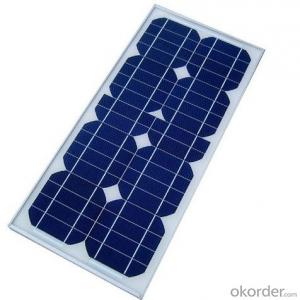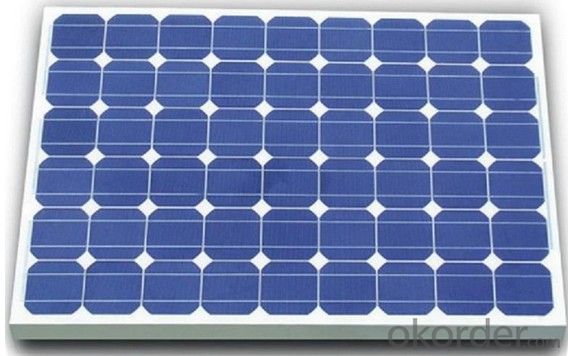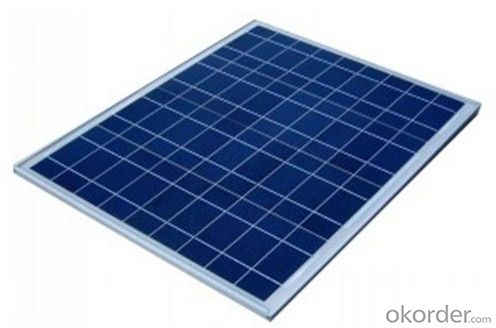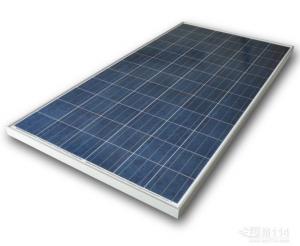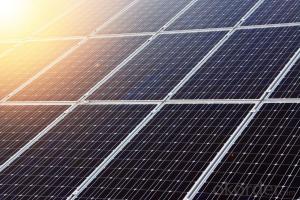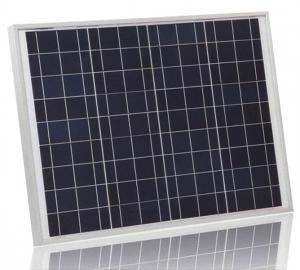Ovo Solar Panels - Polycrystalline Solar Panel in Energy 10-30 Watt
- Loading Port:
- Qingdao
- Payment Terms:
- TT OR LC
- Min Order Qty:
- 500 pc
- Supply Capability:
- 100000 pc/month
OKorder Service Pledge
Quality Product, Order Online Tracking, Timely Delivery
OKorder Financial Service
Credit Rating, Credit Services, Credit Purchasing
You Might Also Like
Polycrystalline Solar panel in energy 10-30 watt

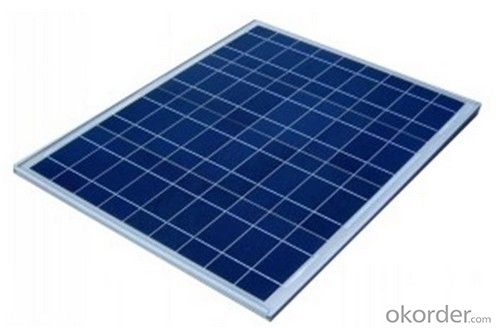

Quick Details
| Place of Origin: | Main port, China |
| Material: | Polycrystalline Silicon |
| Brand Name: | CNBM |
| Size: | 156x156mm/256x256mm/306x306mm |
| Dark blue color: | Polycrystalline silicon |
Packaging & Delivery
Packaging Details: | Standard export carton |
Delivery Detail: | 7-15days after received deposite |
Specifications
1. 5 years guarantee,15 years lifetime
2. Low price, High efficiency
3.Certification: TUV, CE, ISO
4. OEM acceptable
- Q: How long does it take to recoup the investment in solar panels?
- The time it takes to recoup the investment in solar panels varies depending on several factors, such as the cost of the panels, the amount of energy they generate, the electricity rates, and any available incentives or tax credits. On average, it can take anywhere from 5 to 15 years to recover the initial investment. However, with decreasing panel costs and increasing energy savings, the payback period is becoming shorter, making solar panels a more attractive and financially viable option for many homeowners and businesses.
- Q: i have 2 questions.. I have a 6v solar panel, if i wanted to charge batteries with that it what batteries could i charge? Could charge normal AA batteries with it our do i need special batteries.2. I have a 6v solar panel that produces watt. I want to light a bulb with it but whenever i hook it up the solar panel won't light it up. I think the current of the solar panel is too low. How can i increase the current of the solar panel
- [] Use it to charge 4 pieces AA cell ( connect in series to make 5V battery pack ) for 0 to 4 hours. Good for cell rated 600mAH ,2000mAH,2500mAH. [2] Cannot increase current. Buy some more this panel and hook them together in parallel to increase current. You need at least ten pieces to make current reaches .6A to light up some 6V bulbs.
- Q: Hi. I hate the energy company. I hate my carbon footprint. I will likely move to a piece of property and put a decent-sized mobile home on it. I want solar panels so I can get my own power. I live in the state of Wisconsin. How much would this approximately cost? Would I need certain permits? How many panels can be used? Thanks for helping!
- I was in debt up to my eyeballs, and I needed help fast, so I looked to some free online programs. I had tried so many that were scams, but I finally found one legit one! In two months, I paid off $3000 of my debt.
- Q: Hi everyone, I am a novice in solar energy system. I want to know if I am on the right track. Recently I bought a 30 W solar panel, 5 Amp controller, and a 22 Ah battery, how many watts and what kind of INVERTER do I need? I did an research some said 50 W and some said 300 W. And am I right on the 5 amp controller and 22 Ah battery to provide larger output of electric, or the higher the # the greater output for 30 W solar panel?Really appreciate for anyone who help!!!
- must be one of the place who's place have sun
- Q: How do solar panels affect roof aesthetics?
- Solar panels can have both positive and negative impacts on roof aesthetics. On one hand, solar panels can enhance the visual appeal of a roof by adding a sleek and modern look. They can also make a statement about a homeowner's commitment to renewable energy. However, some people may find solar panels to be visually intrusive and believe that they disrupt the overall harmony and symmetry of a roof. Ultimately, the impact on roof aesthetics depends on individual preferences and the design of the solar panel installation.
- Q: Do solar panels require a specific type of inverter for converting DC to AC power?
- Yes, solar panels require a specific type of inverter known as a solar inverter to convert the direct current (DC) power produced by the panels into alternating current (AC) power that can be used in households or fed into the electric grid.
- Q: How much energy can a solar panel generate?
- The amount of energy a solar panel can generate depends on several factors, including its size, efficiency, and the amount of sunlight it receives. On average, a typical solar panel can generate between 250 to 400 watts of power per hour. However, larger and more efficient solar panels can produce even higher amounts of energy.
- Q: Why should I have a Generator if I have Solar Panels.....?
- Well the sun don't shine at night does it. Nor much on cloudy days. You either need a generator or a whole lot of batteries. The batteries are a pain to maintain, they're expensive to install and they have to be replaced periodically. Generator's probably a decent alternative. I'm sure most people just stay on the grid for their backup. Even better if you live in an area where you're allowed to sell back excess capacity. If you're looking to spend this kind of money anyway you could look at a household fuel cell that runs on natural gas. Awesome technology, though if you buy the unit all prebuilt and ready to go it's going to run you like 50,000 bucks.
- Q: Can solar panels be damaged by hail?
- Yes, solar panels can be damaged by hail. Hailstones can cause physical damage to the panels, such as cracks or shattered glass, impairing their ability to generate electricity efficiently.
- Q: I need to know where I can buy the parts or find them as scrap to make my own solar panels. Is there a cheap way of buying the panels or can I make them myself.
- Build okorder /
Send your message to us
Ovo Solar Panels - Polycrystalline Solar Panel in Energy 10-30 Watt
- Loading Port:
- Qingdao
- Payment Terms:
- TT OR LC
- Min Order Qty:
- 500 pc
- Supply Capability:
- 100000 pc/month
OKorder Service Pledge
Quality Product, Order Online Tracking, Timely Delivery
OKorder Financial Service
Credit Rating, Credit Services, Credit Purchasing
Similar products
Hot products
Hot Searches
Related keywords
